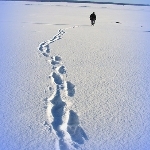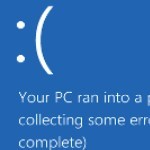
By Rich Robinson for Windows Guides
Finding Traces Left Behind by ‘Private’ Browsing
Some days ago I wrote a post about Hacking InPrivate Browsing, there you find useful information about how to find traces left by Internet Explorer using InPrivate Browsing.
Incognito Mode in Google Chrome, Private Browsing in Firefox, and InPrivate Browsing in Internet Explorer are, in essence, the same. This feature restricts the information that browser stores while using the internet.
What information are we talking about?
History: If you enter a web page, information about the site, title and URL, as well as when that page was entered is saved.
Cookies: Many sites need to track information about the user, for example a set of books on a library site. One way to achieve this is using this famous files, named cookies that store the information in user’s computer.
Cache: If you enter more than once on a website, the browser don’t need to download all components of that site every time. It’s clear that these programs need storage and a way to organize the files.
If I am using my computer at home I don’t mind if this information is stored on my computer. But what happens if you are using a shared computer? Making you a spy is not the motivation behind this post; however, the idea is showing the limits of the implementations of this feature.
Today I am going to use a more simple technique than the one explained on the previous article, to know what pages have been visited. This technique works for Chrome, Firefox and Internet Explorer.
As I am exploring PowerShell, I will show you two ways to do exactly the same.
This excerpt appears with the permission of Windows Guides.




